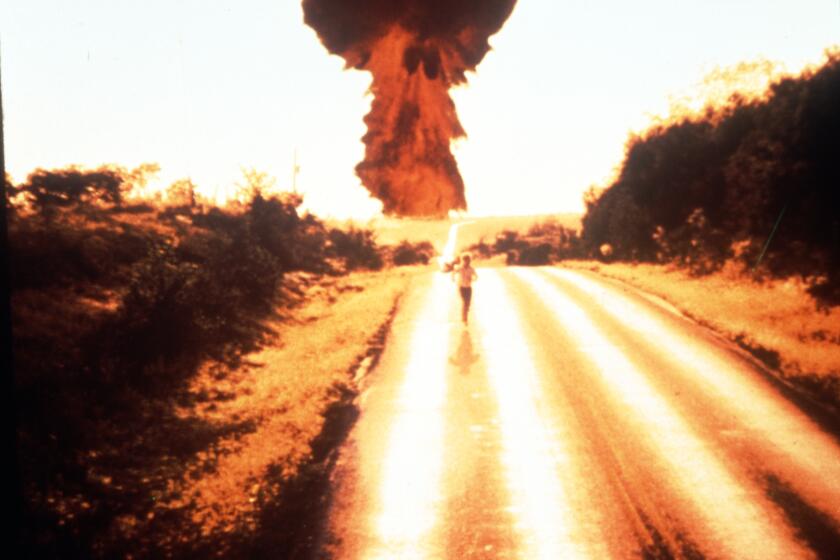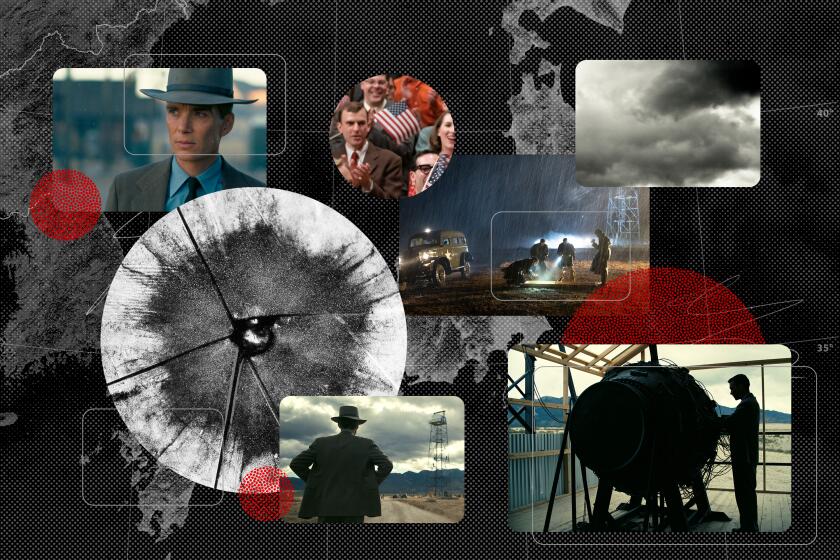‘Fallout’ is fun, but the reality of a postnuclear apocalypse is nightmare fuel
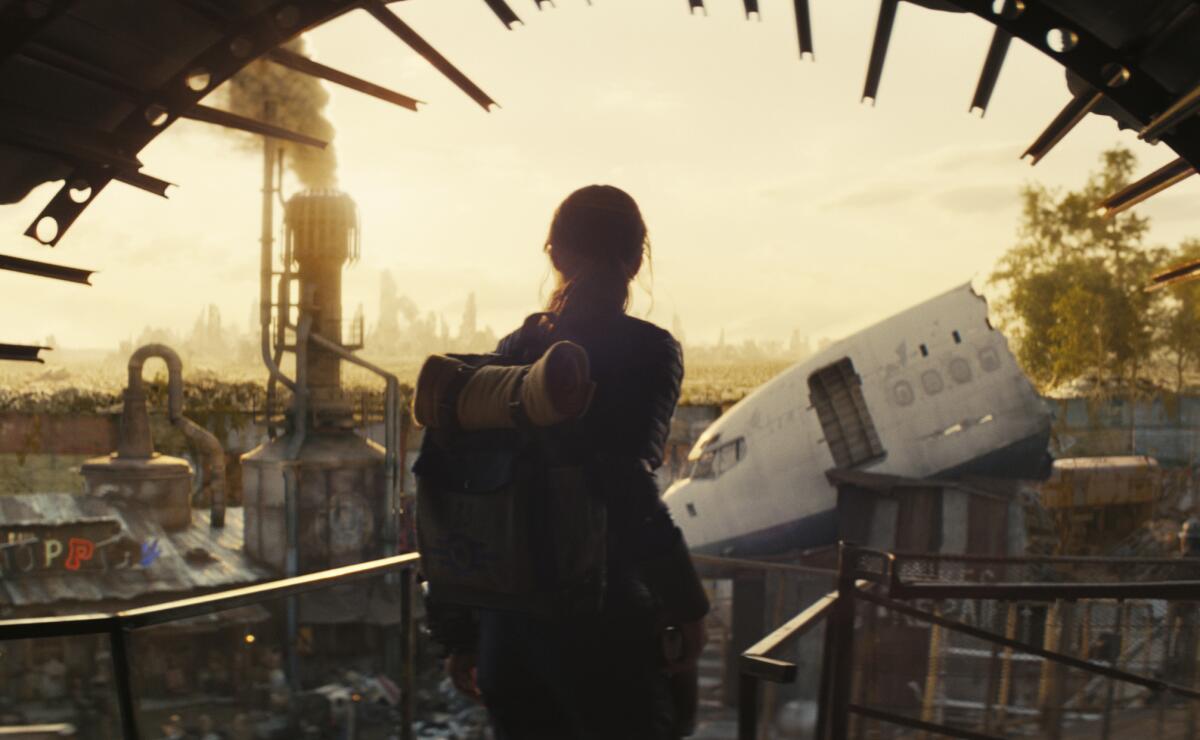
- Share via
In her new research-based what-if book “Nuclear War: A Scenario,” Pulitzer Prize finalist Annie Jacobsen reveals how a nuclear holocaust would play out in real time. She uses startling facts most citizens outside the military-industrial complex aren’t privy to and paints vivid second-by-second descriptions of the catastrophic effects that intercontinental ballistic missiles would have if they struck targets, including Washington, D.C., and Southern California’s nuclear power plant in Diablo Canyon.
Bodies and buildings instantly convert to ash. Irradiated fuel rods launch into the sky to poison the air for miles in every direction while toxic lava burrows deep into the planet. Fire vortexes consume everything. The country is brought to its knees in less than an hour before the whole world follows. Nothing and no one is spared.
In “Fallout,” the hit Prime Video show that premiered in April and has already been renewed for a second season, a nuclear war leads to a fantastical scene where a guy in a nuclear-powered armor suit is mauled by a mutant bear. Later, we meet a 200-year-old noseless cowboy ghoul (Walton Goggins), once known as movie star Cooper Howard, who rattles off one-liners throughout his pursuit to reunite with his long-lost family. It’s a surprisingly fun depiction of the postapocalypse in comparison to reality.
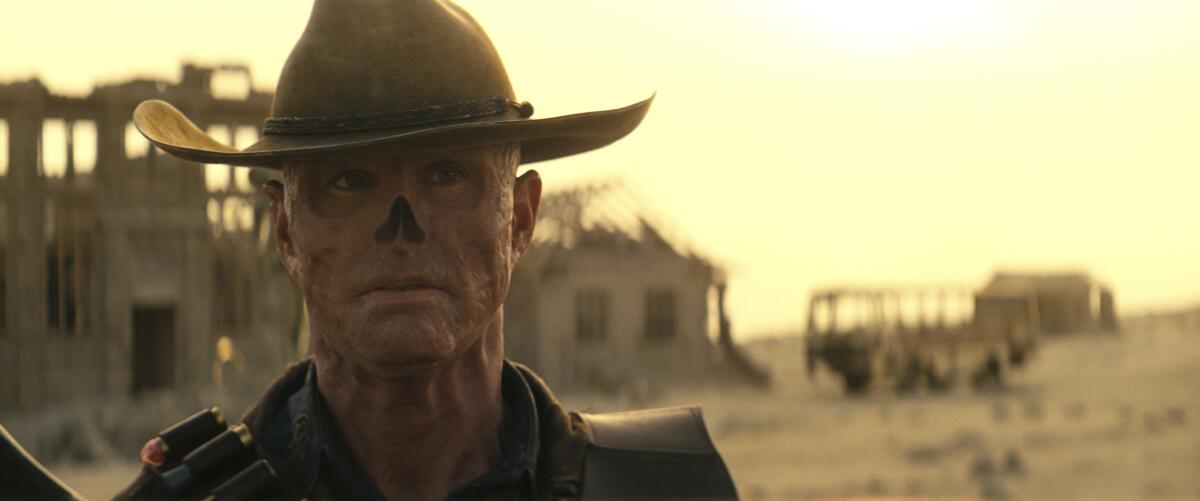
If you were to consume both of these pieces of media concurrently, as I did, you might get serious nuclear-war whiplash. With Jacobsen’s grim book, there’s a sense of accomplishment in absorbing the worst knowledge you could possibly gain and achieving a clear-eyed perspective. “Fallout,” on the other hand, is a hugely entertaining show that all but asks us to forget this knowledge and imagine a future where there’s action, adventure and even romance and humor in the decades that follow nuclear annihilation.
Emily St. John Mandel, Susan Orlean, T.C Boyle, Marlon James and others share apocalypse reading picks.
One comes very close to ruining the other, but to consume the book and the TV show together sets the parameters for how nuclear war is portrayed in pop culture today. At one end, nothing follows. Our society ends the way the dinosaurs did and the Earth moves on without us, healing itself tens of thousands of years later. On the other end, in “Fallout,” not only does humanity survive, but it rebuilds in interesting new ways with factions and heroes, plus ultra-patriotic survivors who emerge from underground vaults who then must acclimate to a ruthless new world. “Fallout,” based on a popular video game series, plays loose with the reality of nuclear war, and as a fantasy, it’s far more reassuring than Jacobsen’s dire warning that we are closer to the brink than ever.
The entertainment industry has grappled with the threat of nuclear war since the Cold War. “Dr. Strangelove” and “Failsafe” mined comedy and drama from global anxiety, but it was the triple punch of the films “The Day After,” “Threads” and “Testament” in the 1980s, in addition to “WarGames,” that gave multiple generations nightmares. They offered a more realistic depiction of nuclear devastation than what had been seen before in movies or on television. The alarm even informed a “Superman” sequel, “The Quest for Peace.”
And then, we forgot. The fall of the Berlin Wall and treaties that were signed seemed to point toward limited nuclear disarmament, which made fears of nuclear war subside for many. Apocalypse in pop culture shifted to portrayals of zombiegeddons or dystopian stories like “The Hunger Games,” where the future was darkened by fascist takeovers and economic divides rather than atomic blasts. Young-adult fiction hasn’t shied away from post-apocalyptic takes, but the methods of destruction and salvation are varied: Meteors, volcanoes and futuristic war factions don’t stop humanity from seeking justice and finding heroes.
Forty years later, we catch up with the directors of “The Day After,” “Testament” and “Threads,” films that shocked viewers and changed the minds of politicians.
In recent years, superhero movies including “Watchmen” and Marvel’s “Civil War” have grazed by the old fears around nuclear war to mixed effect. Who needs disarmament when you have superheroes to save us from ourselves?
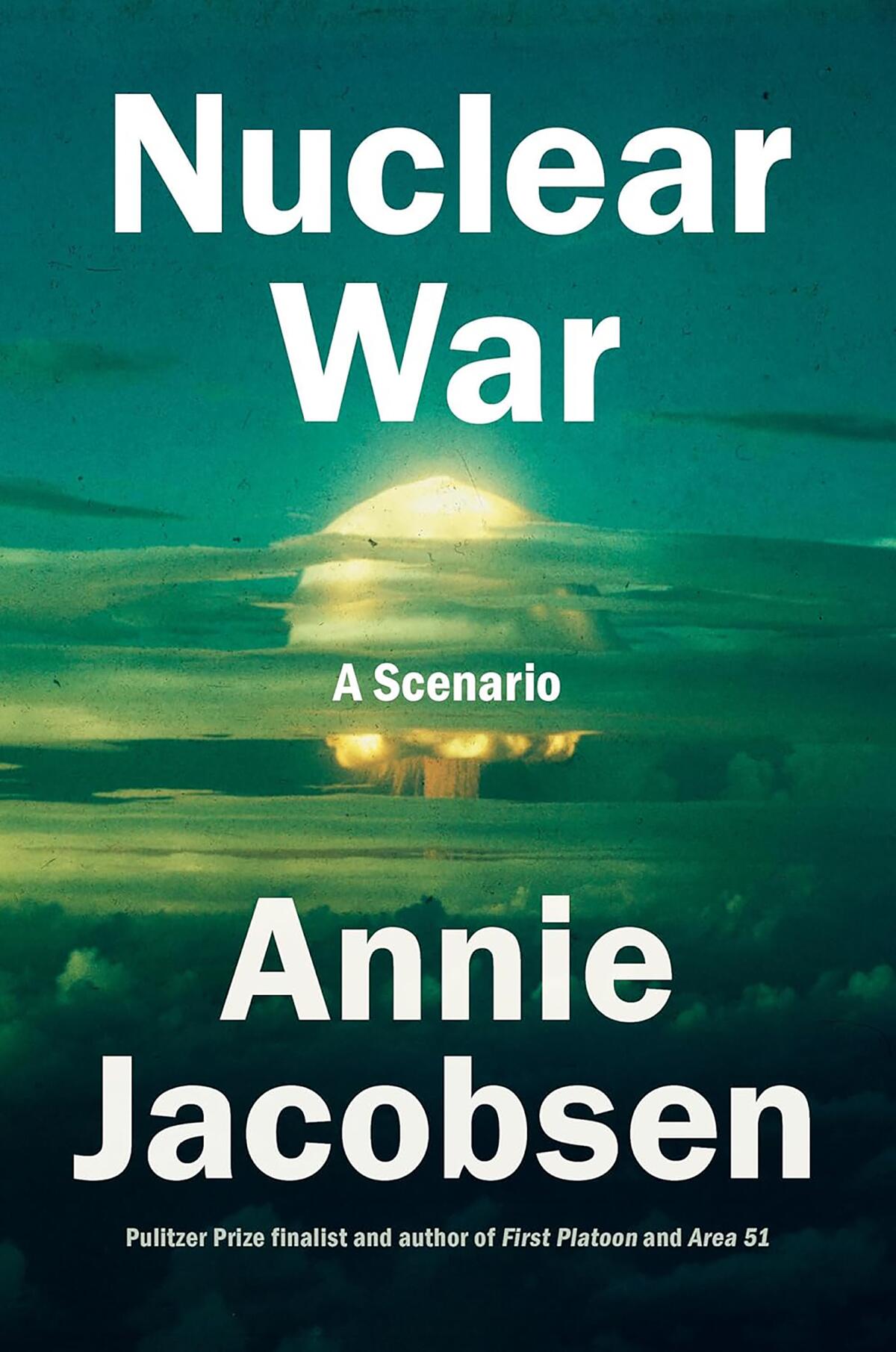
It’s been a while since anything as dark as Cormac McCarthy’s “The Road” — the book more than the movie — made us confront the idea that maybe there’s no real life, or any life worth living, after the world goes dark from nuclear war. As Jacobsen points out, part of the reason the world is in its current precarious position — with significant threats from countries like Russia, China and especially North Korea, the instigator in her book’s scenario — is because society has forgotten how crazy, dangerous and risky our global policy of nuclear deterrence has been. The rule, basically a giant game of chicken where everyone hopes that no one will launch a missile and start a war because it would lead to mutually assured destruction, only works, she writes, until it doesn’t.
The most recent Oscar best picture winner, “Oppenheimer,” explores in part the consequences that come from opening Pandora’s box after the race to create the first atomic weapons was won. But, like much of Hollywood’s products around the subject since the 1950s, the consequences are at a huge remove. We don’t see what damage the bombs did to human bodies and cities in Japan; we see what developing atomic bombs did to one man’s life, psychologically. He was far, far away when the weapons dropped.
Christopher Nolan’s movie has no interest in reducing the atomic bombings of Japan to a trivializing, exploitative spectacle, despite what some would want.
It could be argued that the grimmest portrayals of nuclear war — the opposite of what “Fallout” does — don’t serve anyone better than downplaying the risks and the aftermath of apocalypse. Doesn’t giving in to hopelessness after seeing “The Day After” or consuming old “Twilight Zone” episodes on the topic simply make audiences throw up their hands in defeat, leaving them unable to imagine that anything can be done about it?
However, reading Jacobsen’s “Nuclear War” doesn’t necessarily have to make the reader feel powerless. In fact, there’s something satisfying about possessing information that perhaps the government wishes you didn’t have. The book uses information that was only recently declassified, and some of what the journalist uncovers — particularly the shortcomings of intercontinental ballistic defense systems and the aggressive war preparations North Korea has made in the last decade — is alarming. North Korea may never strike first, as it does in the book, but the country’s mobile nuclear missile launchers, a satellite that could be carrying a destructive electromagnetic pulse weapon and the decades it has spent building underground tunnels as Armageddon prep suggest that North Korea is more prepared for World War III than most want to imagine.
Is that too much darkness for anyone to contemplate and get their head around? Jacobsen has done that work for us. Our duty is to accept that it’s better to know the truth about what may happen, what the darkest outcome might be, than to keep pretending that postnuclear Los Angeles would look anything like it does in “Fallout.” (Don’t get me wrong: I’ll still be watching Season 2 when it arrives.)
Jacobsen’s book has been optioned as a possible project for “Dune” director Denis Villeneuve, and it’s hard to imagine a filmmaker more capable of transforming such a terrifying book into a cinematic vision to shake audiences to the core. In the event of a nuclear blast, you should never look directly at it, but if you want to know the truth of how precarious our global situation is, you should look directly at Jacobsen’s essential source material for all the truths pop culture has been helping us avoid.
More to Read
The complete guide to home viewing
Get Screen Gab for everything about the TV shows and streaming movies everyone’s talking about.
You may occasionally receive promotional content from the Los Angeles Times.
